Barely a mile along one of Scotland’s great driving roads and already there’s the creeping sense that an unfair fight is unfolding.
The scrap itself is an all-time classic: Aston Martin versus Ferrari, only as we’ve never known it – in all honesty, could never have imagined it, not long ago. As for any unfairness, neither of these brutes is what anyone would call affordable, but one will set you back nearly twice what the other one does, and that surely confers an in-built advantage.
Why? Because when you really get to know the £313k Ferrari Purosangue and £194k Aston Martin DBX707 you realise their eye-watering prices are as much the result of engineering bloody-mindedness and ambition as they are about keeping company shareholders purring.
The Purosangue is even more a juicily profitable product (as they all are at Maranello), but its heinous cost also stems from the fact that it represents modern Ferrari in faintly frightening, parameter-shredding mood. A Bugatti Veyron moment for hot metal of a raised disposition? We’ll see.
Introducing the Ferrari Purosangue and Aston Martin DBX
Quick links: Drivetrains and engines - Interior - Driving Dynamics - Practicality - Verdict
It’s a curious project, the Purosangue. It puts its maker in the unusual position of having something to prove. You have to rewind to 1994 and the F355, which succeeded the less-than-lovable 348 and responded to an NSX-shaped ambush from Honda, to find another time when the company had its back to the wall.
The curious thing is that, this time, Ferrari isn’t reacting to an underwhelming outgoing product or even an especially strong external threat. It’s making the Purosangue because the market for a super-SUV is too large and lucrative to be ignored any longer. But even so: a Ferrari SUV. Bloody hell. Has any car maker ever bated itself this hard?
Ferrari Purosangue vs Aston Martin DBX: Drivetrains and engines
Insecurity can have benefits, though. Rather than cutting corners and letting its new SUV languish as an apologetic footnote of the range, Ferrari has thrown the kitchen sink at it. Propulsion comes courtesy not of the beefy twin-turbocharged V8 from the Roma, as you might expect, but of the 6.5-litre V12 of the 812 Superfast, albeit detuned… to 715bhp.
That was a canny move: drop Maranello’s 12-pot intersection of art and science into a bin lorry and it would sell. Interest in the SUV was said to have surged when it was revealed the V12 was due to serve.
The Purosangue also uses a four-wheel drive system with a two-speed gearbox at the front. It’s a layout that allows the engine to be rammed back beneath the scuttle in true front-mid-engine fashion, so the car’s distribution of mass is a peachy, thoroughbred-sounding 49:51.

As it happens, this is identical to that of the 812 Superfast, and it begins to reveal why the Purosangue might be fundamentally distinct to other super-SUVs. The DBX707 manages only 54:46 and the Lamborghini Urus 57:43 – identical to its Porsche Cayenne Turbo GT cousin.
The Purosangue is based on an aluminium platform that’s said to be 30% more torsionally rigid than that of the GTC4 Lusso shooting brake that it has effectively replaced (and how, with three years’ worth of orders secured).
It has electronically controlled, rear-hinged rear doors to successfully maintain back-row access in the face of a dramatic combination of a steeply rising beltline, the bubbled, ‘floating’ rear wheel arches and the comparatively low roofline. The overall aesthetic itself is unlike anything else. Up in the wilds of Galloway, this Ferrari looks vaguely prehistoric yet utterly fresh.
Underneath it all, the control logic for the independently steering rear wheels is from the fire-spitting 812 Competizione, while that for the torque vectoring is inherited from the SF90 you’re setting out to redefine the concept of the rapid SUV. As for aerodynamics, work on that started as far back as 2017, and the Purosangue’s endless snout features the ‘aero bridges’ at the base of the A-pillar that were first seen on the F12 Berlinetta.

However, rather than increase downforce, here they act in tandem with inlets above the headlights to ease wheel-arch pressure and reduce drag. The rear plays a similar card, a chute linking the rear wheel-arch cavity with a discreet outlet beneath the tail-lights. It all makes the DBX’s epic diffuser look, well, a bit too epic.
However, by far the most intriguing element of the Purosangue is its damping. The system is truly active: each damper can exert force onto the road. Thus they negate the need for anti-roll bars. Strictly speaking, it doesn’t even need coil springs. They’re fitted so the dampers have a zero point to calibrate against when you start and to stop the body sinking overnight, à la Citroën DS.
More jewel-like in the metal than anything with such a tough mechanical remit has any right to be, they come from Multimatic and are the sole reason for the car’s 48V electrical circuit, which powers a motor that runs a three-cog gear assembly, giving precise control of the damper rod. How precise? Consider that the fluid in the cartridge is more for cooling than anything else.
Ferrari never discusses unit costs, but you can safely reckon on a five-figure sum per damper. On the A712 through Galloway Forest Park, the system does unholy things. Unfair things, even. But natural-feeling things? Epic tech counts for precious little unless it improves the experience.
This is where Scottish roads and our DBX come in. In assiduously honed 707 form, St Athan’s SUV is the reigning champion in this corner of the market. For all the talk of Ferrari setting out to rewrite the SUV rulebook, the DBX is a belter of a machine that will take some beating both not only for its objective strengths but also its subjective appeal. Its key strength is natural, intuitive, enjoyable handling.
Like the Purosangue, the DBX exists on its own platform and features no shortage of innovation. Above the regular and already accomplished standard car, the 707 adds hydraulic suspension bushes and faster-spooling turbos from the Mercedes-AMG GT Black Series, not to mention an electronically controlled rear differential from the GT 63 S 4-Door Coupé, giving increased clamping force.
It too has a 48V circuit, but it uses it to control active anti-roll bars (which relax on straights and torque up during corners for a best-of-both-worlds result) and multi-chamber air suspension.
Carbon-ceramic brakes, increased cooling capacity and those unmissable aero addenda are all part of the 707 proposition.

So is an engine that offers greater potency than even Ferrari’s show-stopping V12. Lift the bonnet (rear-hinged for the DBX, while the Purosangue has a dramatic clamshell) and there it is: AMG’s twin-turbocharged 4.0-litre V8. It makes 697bhp and 664lb ft, the latter delivered at 4500rpm to the Ferrari’s 528lb ft at a comparatively heady 6250rpm.
It’s enough to ensure that while the Brit is heavier and draggier (2278kg on our scales with 87 litres of super unleaded on board, versus 2247kg for the Italian, its 100-litre tank likewise brimmed), it’s also quicker to 62mph by 0.2sec, taking 3.1sec. Both juggernauts will crack 190mph flat out, making them not much slower outright than their respective super-grand tourer siblings, the DBS 770 Ultimate and 812 Superfast.
On the A712, the DBX wastes no time in hitting its stride immediately. It has the undramatic poise of a good super-saloon and surprisingly light, undemanding steering with an engaging hint of elasticity to the action. The rack isn’t dissimilar to that of the Alfa Romeo Stelvio Quadrifoglio and, by extension, of the sensational Giulia GTA. Pronounced but deftly controlled body roll gives you confidence in a big car. Flow is easily established; the DBX reminds you what a guilty pleasure it is.
That said, it’s all too easy to get distracted by the absurd low- and mid-range punch of the V8. I’m not going to pretend that I can fully discern any improvement from the Black Series turbos, but the period of time between planting your foot and getting what feels like all 664lb ft seems miraculously, laughably short. You don’t so much light the fuse but detonate the bomb directly.

This bellowing engine gives the DBX an explosive turn of pace and can easily loosen the substantial rear tyres if the steering wheel isn’t perfectly straight. This can make the DBX feel a bit loose to those who would probably be better off in an Audi RS Q8, but it also hints at an adjustability that’s rare for SUVs and makes for fine entertainment. It’s cohesive but mischievous, happy to flowed along in a state of nonchalant equilibrium or hustled cross-country like some sort of 2.3-tonne, 597bhp Volkswagen Golf R. It is, in short, eminently likeable.
It also happens to have an innately cushty yet spacious cabin of soft leathers, plenty of natural light and evident suitability for GT duties, notwithstanding the archaic multimedia system that the DB12 has rightly consigned to history.
Ferrari Purosangue vs Aston Martin DBX: Interior
Likeability is a trait in which the Purosangue is lacking. Initially, at least. Being the near-£500k overdog never helps, but there’s more to it than that. It seems to forget that, as a super-SUV, it should have some inherent levity about it.
It feels pretty damned serious from the moment you slide aboard. In terms of driving position and view forward, the DBX is nothing like the DB12, while the Purosangue is redolent of the 812 Superfast except for a slightly more acute angle at the knee and the more capacious footwell.
It’s an evocative environment that focuses the mind, not least because you quickly become cognisant of the scale of the machine around you. The Purosangue is slung low for an SUV but actually wider than the DBX, and it can take a while for you to gain confidence as to where its extremities lie.
In the Aston, you gaze down onto the road ahead; in the Ferrari, your eyeline almost grazes the top of the instrument cowling, under which sits that fantastic tachometer. It can make life difficult in tighter environs, and this car certainly ought to keep wheel refurbishers in the world’s wealthiest metropoles in rude financial health themselves.
Fire up the 6.5-litre V12 via a touch-sensitive panel at the base of the downward steering-wheel spoke. Smile. Revel in the way it sets the entire car quivering at idle. Drink in the simplicity of the cabin.

It is very Ferrari in here. The firm, slim-rimmed steering wheel and associated switchgear are pure 296 GTB. Like Ferrari’s new PHEV supercar, the Purosangue does without a central display.
However, it does have a new central rotary dial for the climate controls and seats, which are widely adjustable, heated and, for the first time in any Ferrari, can play the masseuse. There’s also a 10in touchscreen for the passenger.
Material quality is as high as anything in the segment, Bentley Bentayga included. So while the interior specification of our example is a touch dreary, it’s easy to see how classic, tan-hued leather and the panoramic roof (as opposed to the standard carbonfibre one) would make the cabin special. It’s ‘sport luxe’ done expertly.
Back-row comfort? Not bad. With the rear doors closed, it’s still a bit of foxhole back there, but that’s more perception than reality. Head and leg room are good, and with sculpted seats comes the welcome sensation of being secure in a supremely quick and capable GT.
Ferrari Purosangue vs Aston Martin DBX: Driving dynamics
Breathtakingly capable, in fact. The Ferrari has three damper settings, switchable by pushing the little claret manettino toggle.
Yet this isn’t your typical case of soft, medium or firm and selecting what you think is the best one for the road. Instead, it’s a choice between control, more control or absolute control. You don’t find yourself altering mode to improve ride quality – somehow, that’s almost always exceptional. We’re talking flavours of precision. They all work, but you might select Soft simply to allow more roll and a clearer perception of speed.
At its most prodigiously alert, Multimatic’s hardware is claimed to permit half as much roll and pitch as a traditional spring-and-damper arrangement. That sounds a lot – and it feels more impressive than it sounds.
Equally spectacular is the ability of each damper to work at blistering pace yet retain finesse at the extent of its gear-driven travel. Crests don’t seem to loosen the contact patch at all; pronounced troughs never deliver the forceful compression you’re absolutely expecting. It can make you laugh then scratch your head.
![]()
There’s one corner that neatly illustrates the difference in composure between the Ferrari and the Aston. A sweeping uphill left-hander, it has a corrugation across the surface as you’re accelerating out, with the suspension loaded up. As you pass over it in the DBX, the back axle shimmies out of the line uncomfortably, the ESP light flickers and there’s a ripple that passes through a shell that’s flexing in protest.
In the Ferrari? I hadn’t even fully logged this corrugation until it was revealed by the Aston. The Purosangue – rigid and cohesive – reacts so seamlessly that, up on the flight deck, it went almost entirely unnoticed. This composure lays the ground for the steering and balance to shine.
The former inherits much of the scintillating accuracy felt in ‘proper’ Ferraris, but the action is a touch heavier and slower. Does this make it even more intuitively likeable? Er, quite possibly.

As for handling, the Purosangue’s balance and driveline generate deep, deep pedigree feel for a car of this type – or of any type, frankly. No, never does it feel dramatically lighter than it is, but its core handling personality is very much in the blue-blooded super-GT style. Shortish gearing also makes the V12’s 8250rpm redline reachable and the eight-speed dual-clutch automatic gearbox is superb. The brake pedal is initially a bit sensitive, mind.
This most novel of Ferraris has four seats and a high-ish ride, but the driving experience is more layered than that of many bona fide sports cars. It’s tempting to say that it achieves the hitherto impossible task of bottling the best of the SUV and supercar realms. In a way, it really does do exactly this, although that’s also a bit simplistic.
First, is the suspension truly natural-feeling? Not sure. I suppose part of its magic requires it to lack transparency. Still, the system is miraculous in many ways, suits this application and plays a pivotal role in the Purosangue nailing the DBX’s very capable air-sprung set-up in terms of ride and handling prowess. It is, in short, revelatory.
Equally, is the Purosangue actually usable enough to fulfil the SUV brief? Hmm. Nobody was expecting a Range Rover rival, and yet…Remove its rear seats from the equation and the sense of occasion that the Purosangue so effectively conjures isn’t far removed from that of an 812 Superfast – not what most of us crave on a day-to-day basis.
Ferrari Purosangue vs Aston Martin DBX: Practicality

In town, the Ferrari often feels unwieldy – intimidating, in truth. And, just to be dull for a second, the woolly walking-speed pedal response and slightly unpredictable creep function can make parallel parking seem like an expensive guessing game. And yes, it has a decent boot, but it still doesn’t carry that much.
The DBX is no shopping cart, but it’s simpler to hop in and head anywhere you like. It’s more imperious, less objectively refined but somehow more relaxing and doesn’t attract anything like as much attention (positive or otherwise). It also has a more spacious back row, not to mention a Mercedes E-Class-sized boot.
Ferrari Purosangue vs Aston Martin DBX: Verdict

And, of course, the DBX is still superbly entertaining on the right road, if not as confoundingly polished as the Ferrari. It’s the far more usable car. The far cheaper car, too.
Yet the mould-breaking Purosangue still wins. No, it isn’t particularly quotidien, but should any car from Maranello be? Outrageous but versatile, it’s some statement – and a legitimate Ferrari.
1st. Ferrari Purosangue
As striking to drive as it is to behold, Ferrari’s first four-door shreds the rulebook, at a price.
2nd. Aston Martin DBX 707
Conspicuously outclassed as a driver’s car but still so very capable and often the easier and more versatile companion.


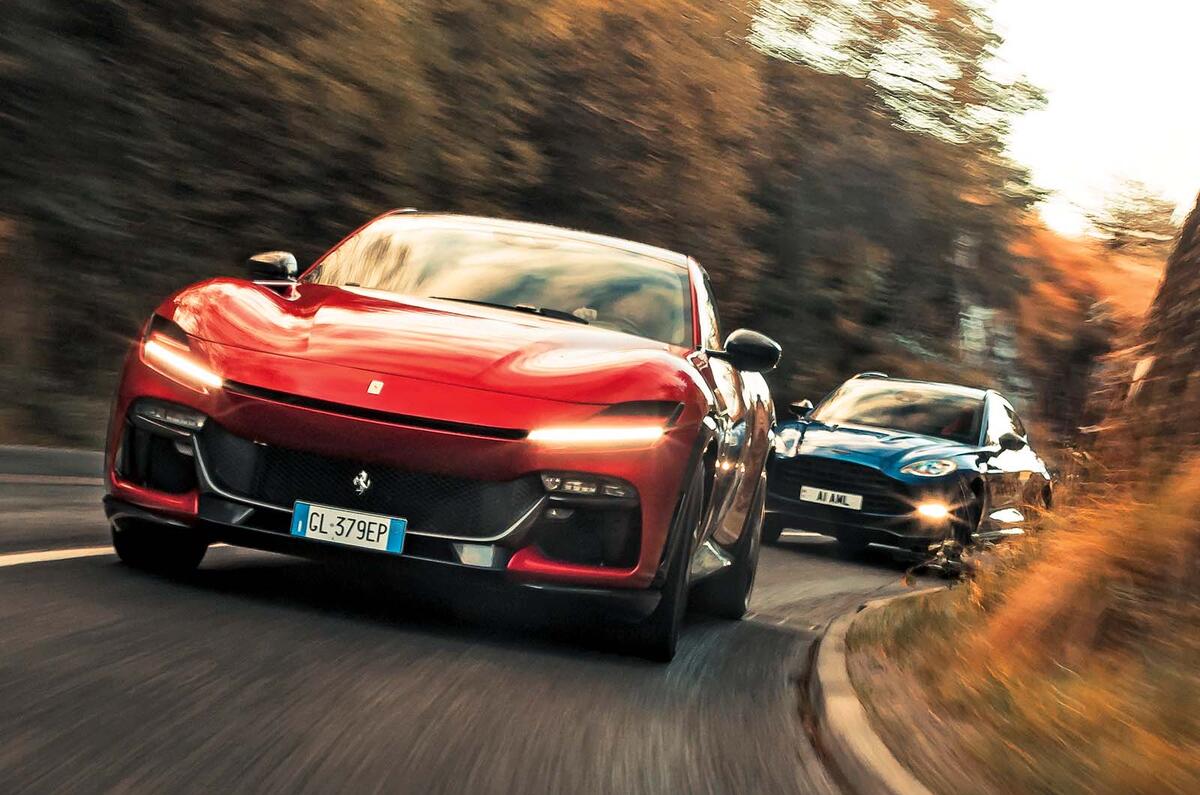
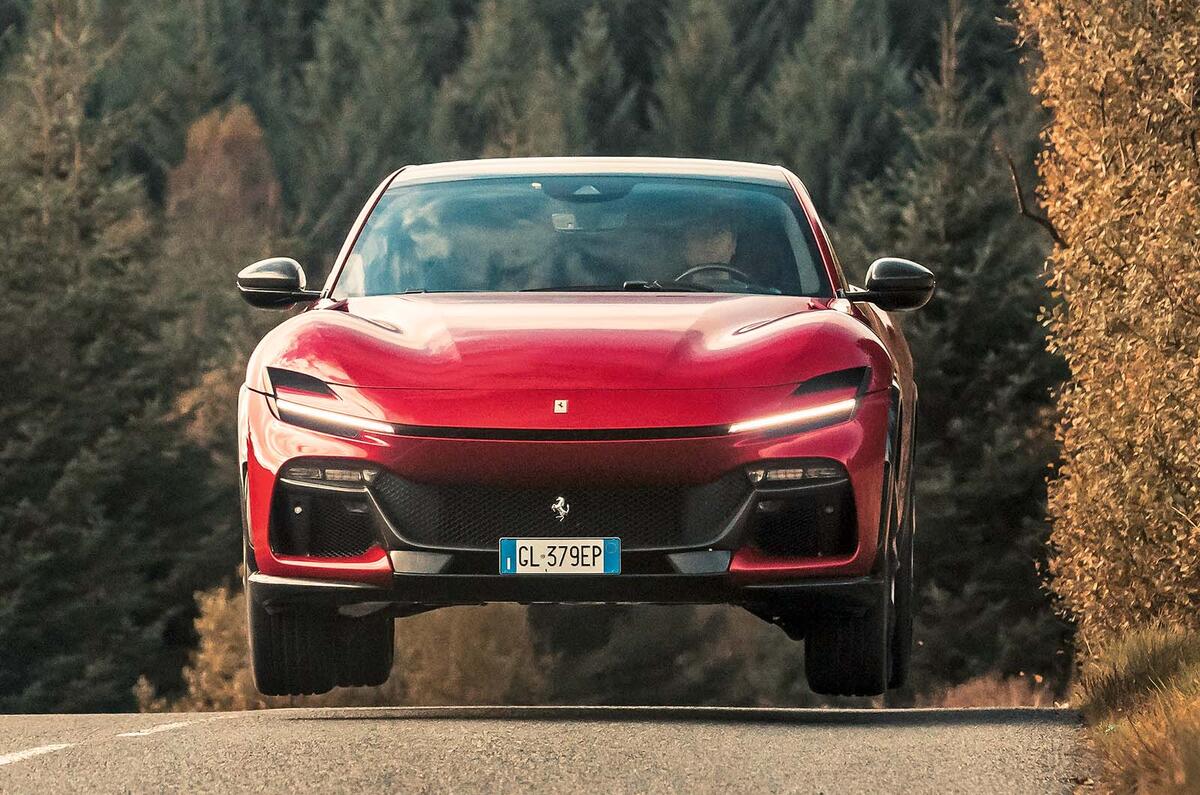
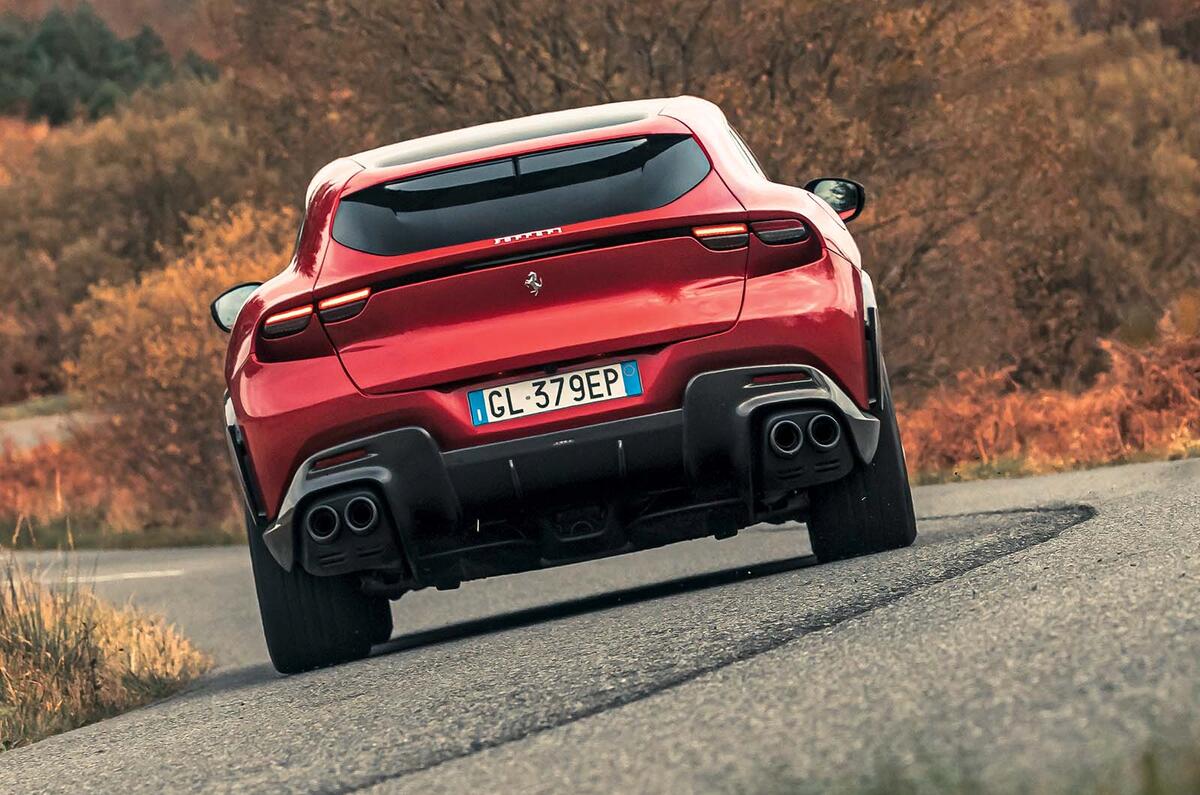
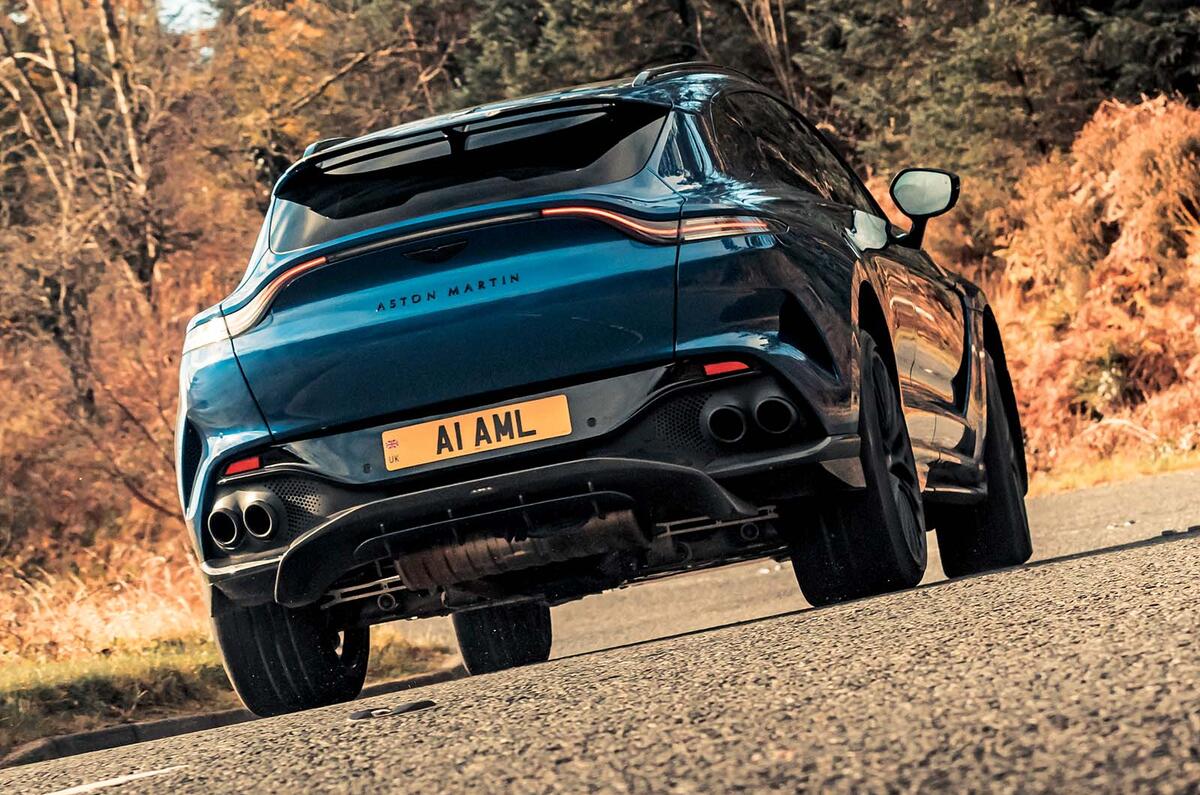
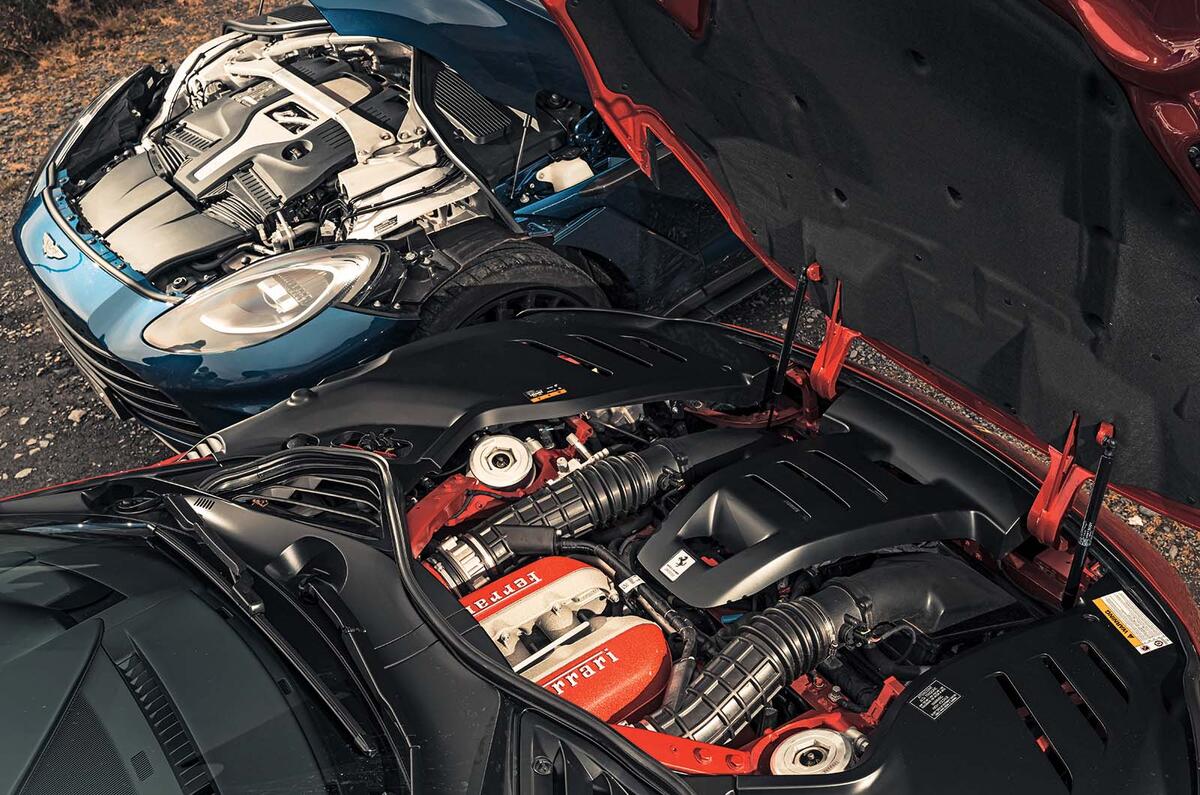
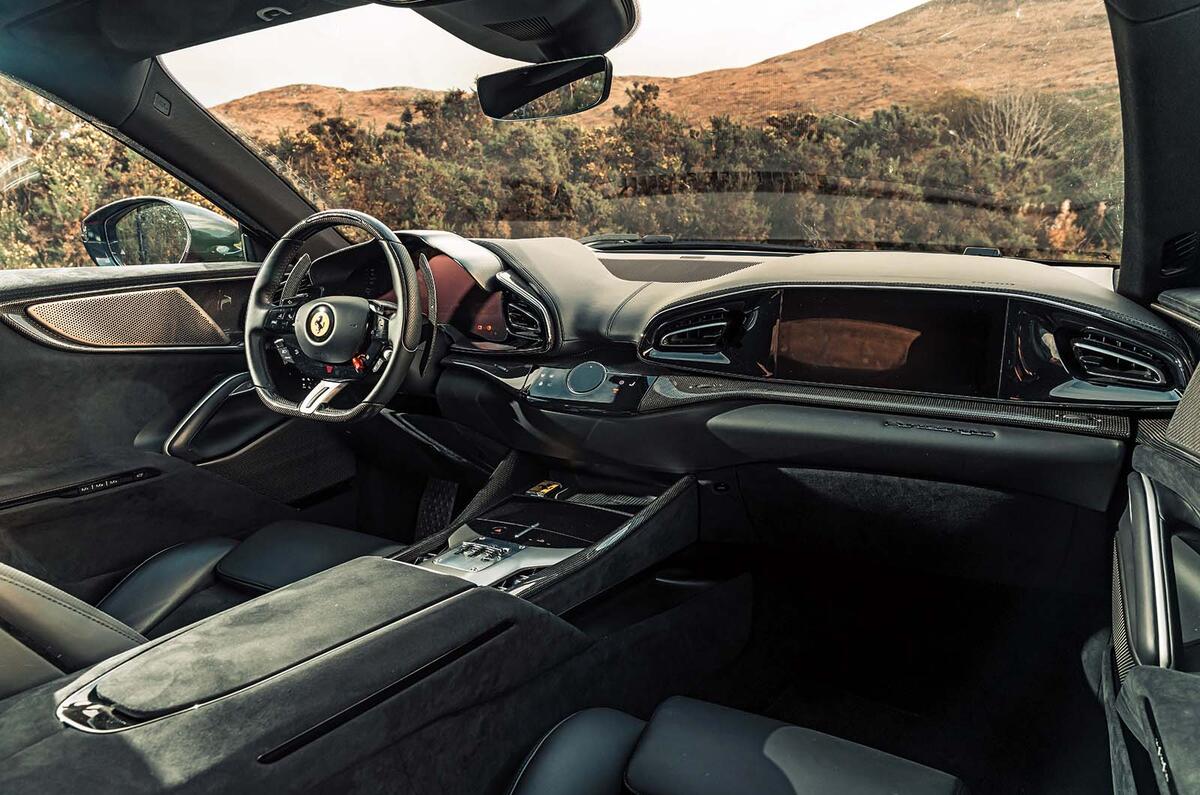
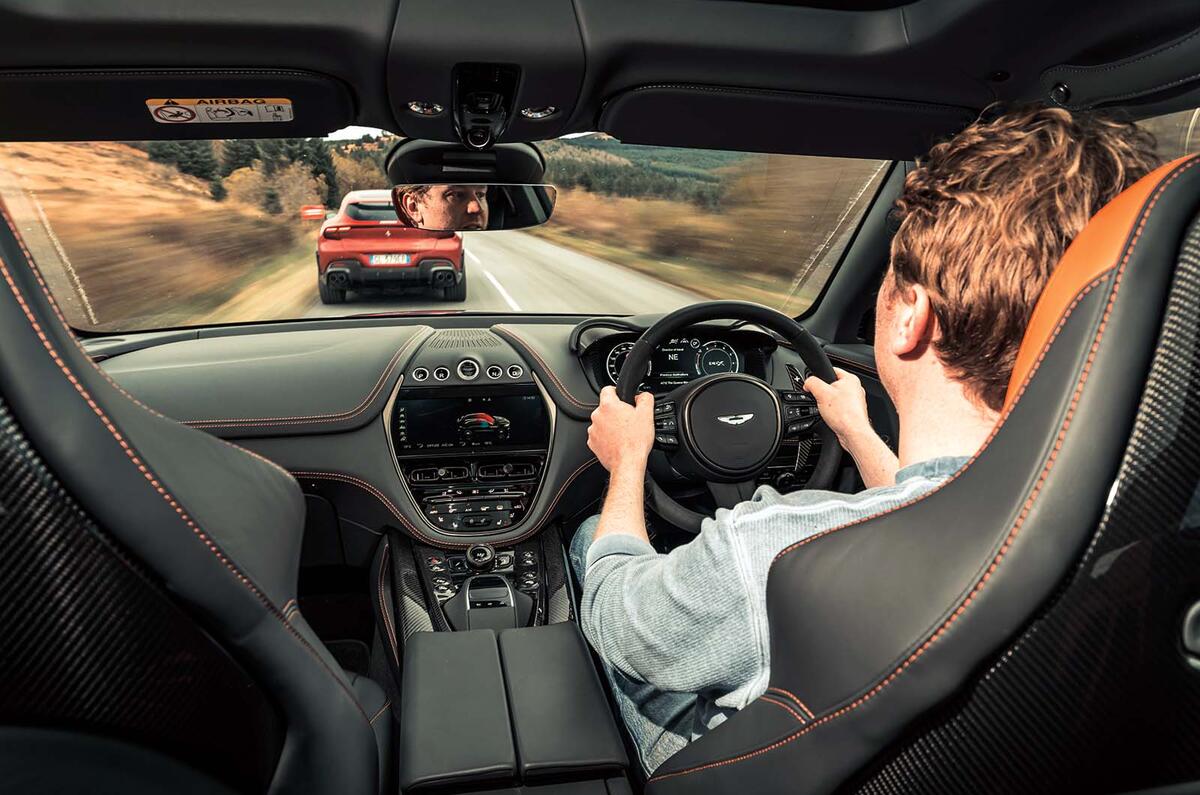
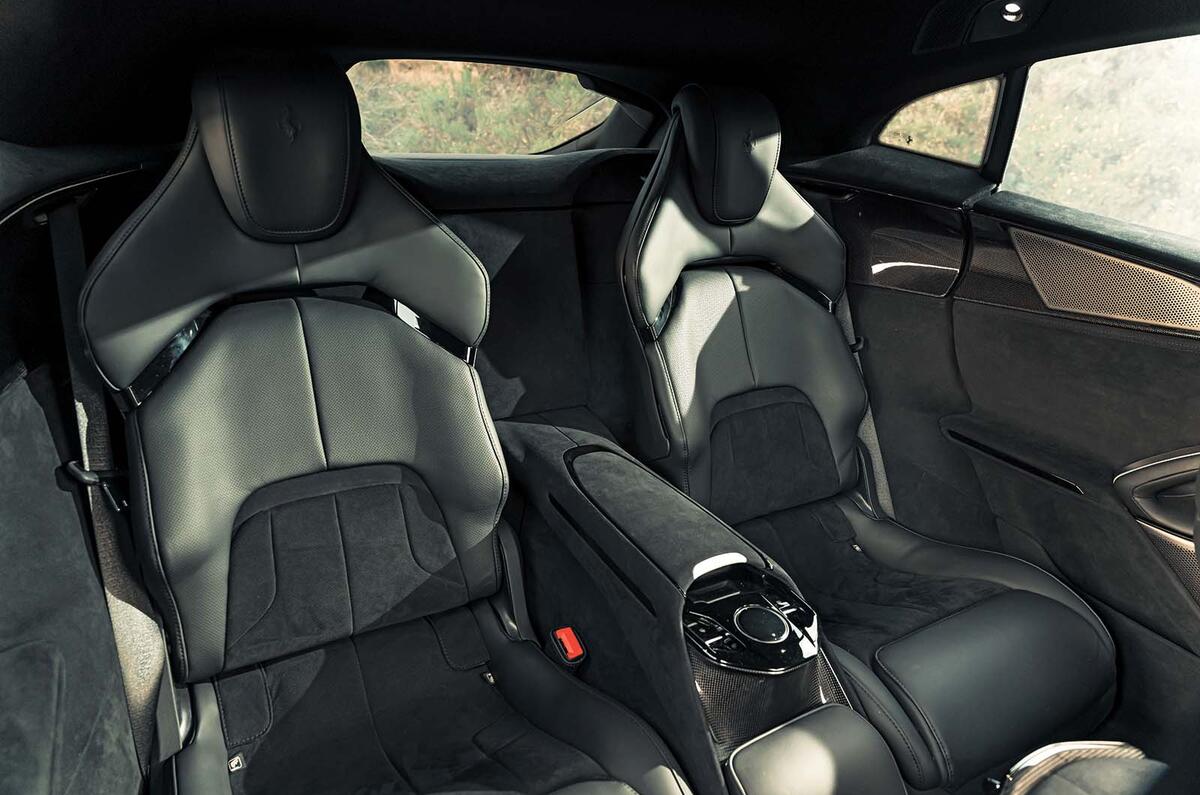
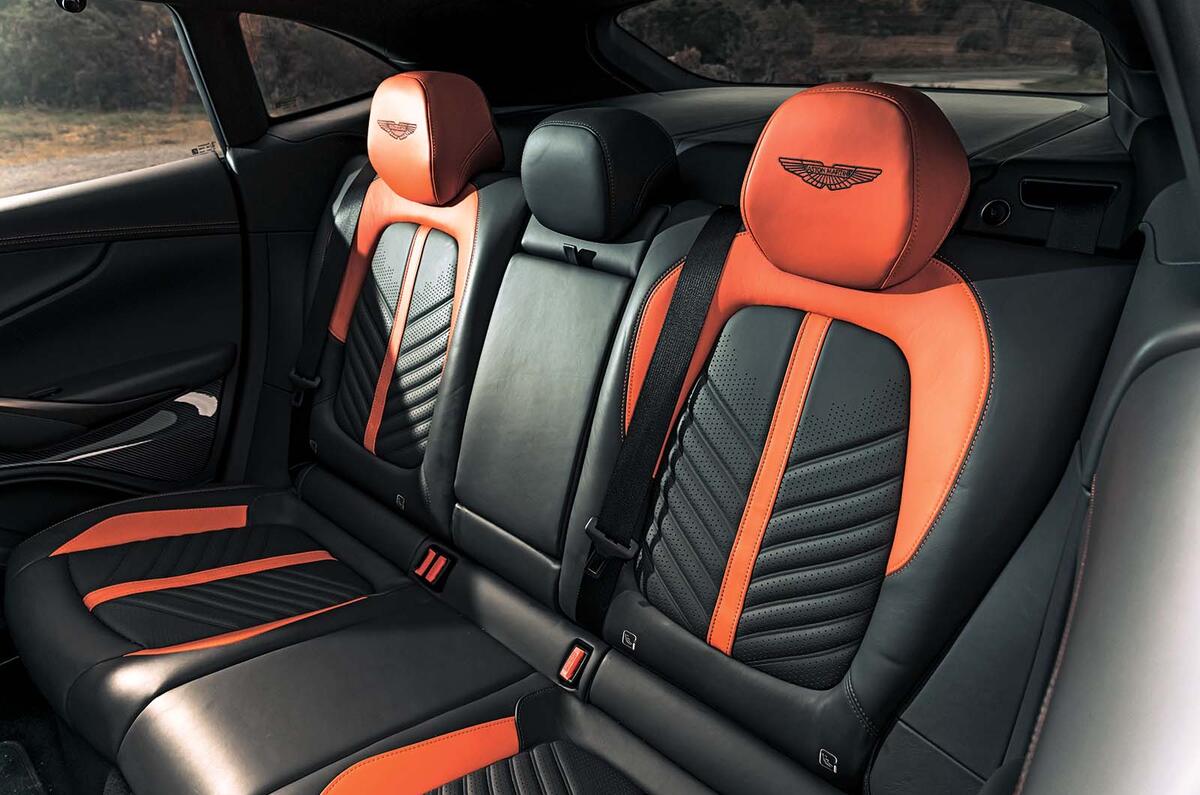
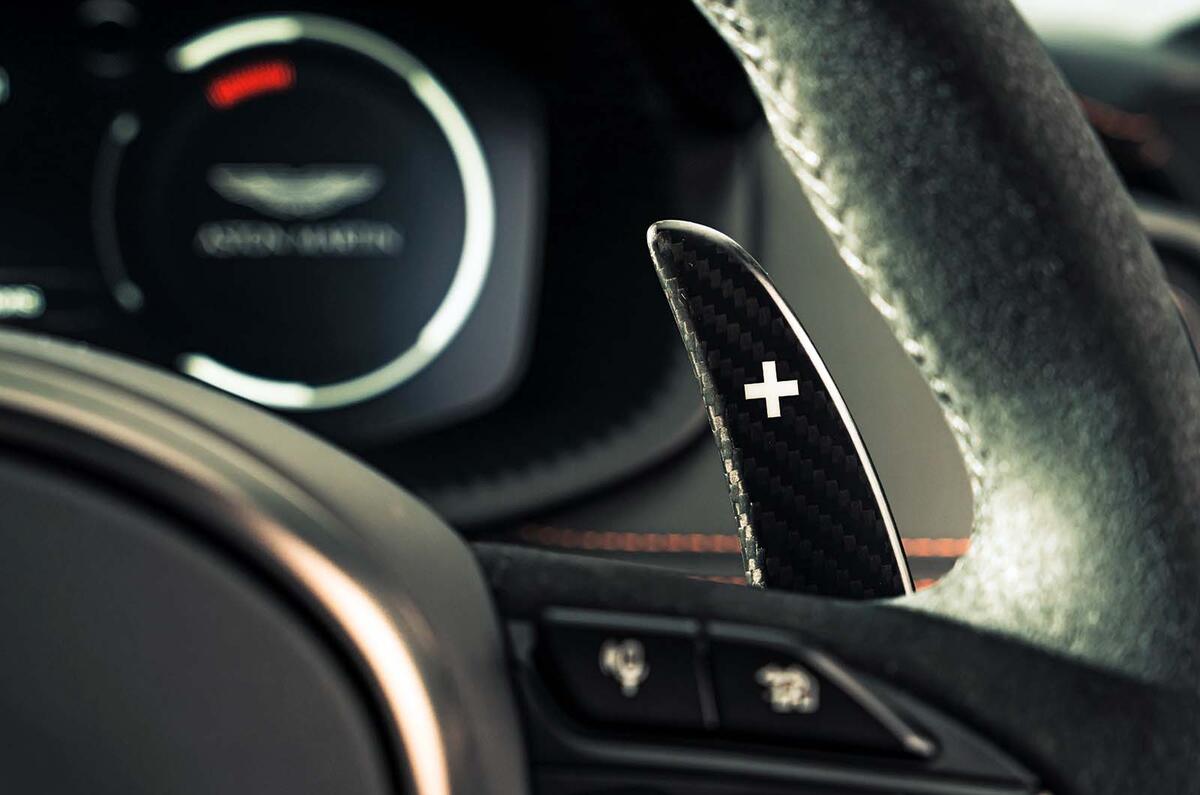
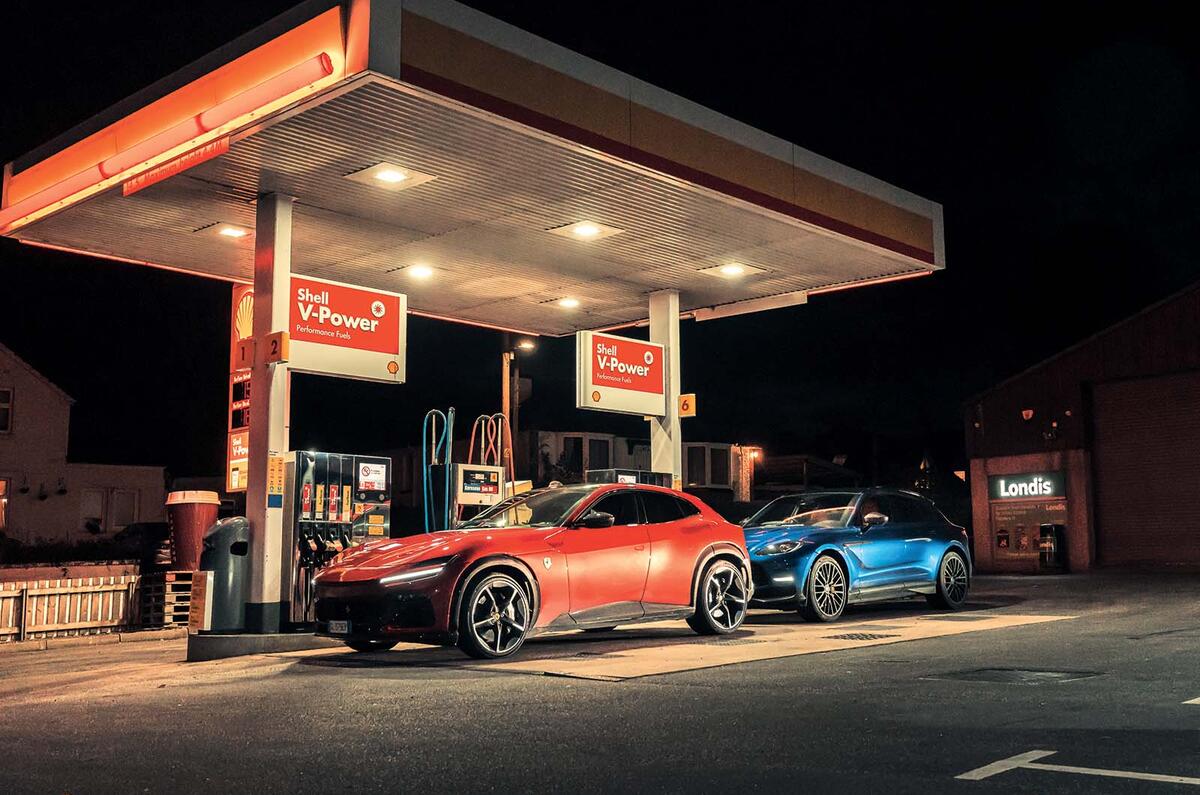
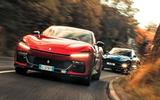
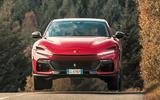
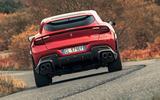

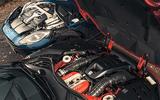
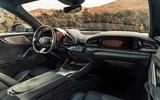

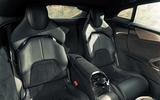
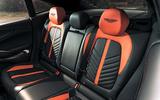
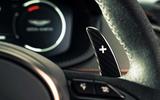
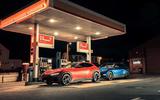






Add your comment